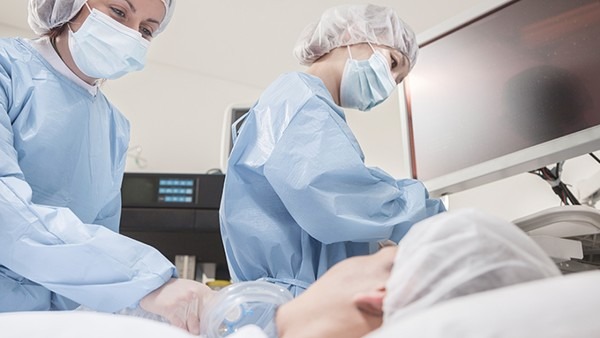Joint Pain After Taking Medicine for Bone Tuberculosis

Bone tuberculosis (TB) is a rare but serious infection that can affect any bone in the body. It is caused by the bacteria Mycobacterium tuberculosis, which can also cause lung TB.
Bone TB can be very painful and can lead to significant disability if not treated properly. Treatment typically involves taking antibiotics for several months.
One of the common side effects of bone TB medication is joint pain. This is because the antibiotics can cause inflammation in the joints, which can lead to pain, swelling, and stiffness.
Joint Pain After Taking Medicine for Bone Tuberculosis
Joint pain is a common side effect of taking medicine for bone tuberculosis. It is caused by the antibiotics, which can cause inflammation in the joints. This inflammation can lead to pain, swelling, and stiffness.
The pain can range from mild to severe and may affect one or more joints. It typically occurs within a few days or weeks of starting treatment.
In most cases, the joint pain will improve as the infection clears. However, in some cases, the joint pain may last for several months or even years after treatment is completed.
Treatment for Joint Pain
There are a number of things that can be done to treat joint pain caused by bone TB medication. These include:
Over-the-counter pain relievers: These medications can help to reduce pain and inflammation. Ibuprofen and naproxen are two common over-the-counter pain relievers that are effective for treating joint pain.
Prescription pain relievers: If over-the-counter pain relievers do not provide adequate relief, your doctor may prescribe a stronger pain reliever. Prescription pain relievers are typically opioids, which are ***s that can be very effective for reducing pain.
Physical therapy: Physical therapy can help to improve range of motion and reduce pain in the joints. A physical therapist can teach you exercises that can help to strengthen the muscles around the joints and improve flexibility.
Assistive devices: Assistive devices, such as canes, crutches, or walkers, can help to reduce stress on the joints and improve mobility.
Prevention of Joint Pain
There are a few things that you can do to help prevent joint pain from developing while taking medicine for bone tuberculosis. These include:
Take the medication as directed: It is important to take the medication exactly as prescribed by your doctor. This will help to ensure that the infection is treated effectively and that the risk of joint pain is minimized.
Avoid strenuous activity: Strenuous activity can put stress on the joints and increase the risk of pain. It is important to avoid activities that cause pain or discomfort.
Use ice packs: Ice packs can help to reduce inflammation and pain in the joints. Apply an ice pack to the affected joint for 15-20 minutes at a time, several times a day.
Stretch the joints: Stretching the joints can help to improve range of motion and reduce pain. Stretch the affected joint gently several times a day.
When to See a Doctor
It is important to see a doctor if you experience joint pain while taking medicine for bone tuberculosis. The doctor can determine the cause of the pain and recommend the best course of treatment.
If the joint pain is severe, it may be necessary to stop taking the medication. In some cases, surgery may be necessary to repair damaged joints.
The above is all the content that the editor wants to share with you. I sincerely hope that these contents can bring some help to your life and health, and I also wish that your life will be happier and happier.
Topic: #after #taking #joint













